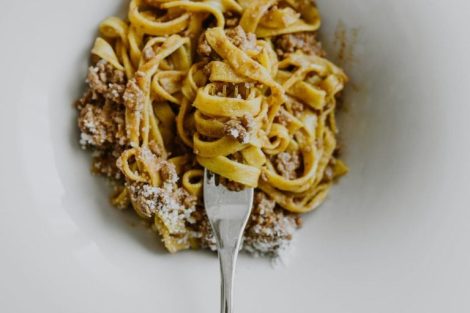Mixed, colorful and fresh salads: from oats, spelt, barley to millet, grains are an excellent base for summer dishes, perfect for taking to the office or for an outdoor picnic. Versatile, tasty and a fundamental part of the Mediterranean diet, they have always been an indispensable food for our wellbeing.
Grains: history and nutritional properties
Rich in vitamins, minerals and fiber, grains are among the oldest food resources discovered by man. From barley –– the first ever to be used –– humans then passed to wheat, oats, rye, and rice: the entire life of communities relied on these crops. Towards the year 3,000 B.C. Egyptians were already making selections of wheats, but we had to wait another thousand years to arrive at the birth of wheat as we know it today. There are different types on the market: in the hulled version (without the outer layers but still intact) or pearled (without cuticle, with shorter cooking times).
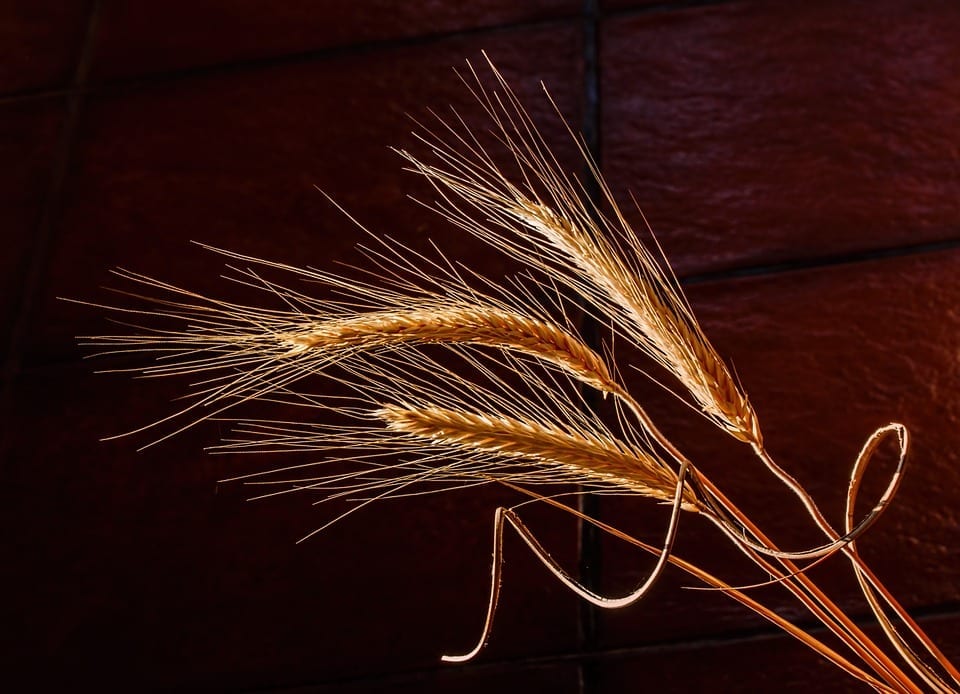
Grains
Nutritional properties and uses of different grains
We've collected all the most suitable grains for summer dishes (and beyond). For this reason we had to exclude rye and wheat, extraordinary products that do not however lend themselves to the preparation of these recipes. Deserving a separate chapter, instead, is quinoa which, although often (erroneously) classified as a grain, is part of the chenopodiaceae family, the same spinach and beetroot belong to.
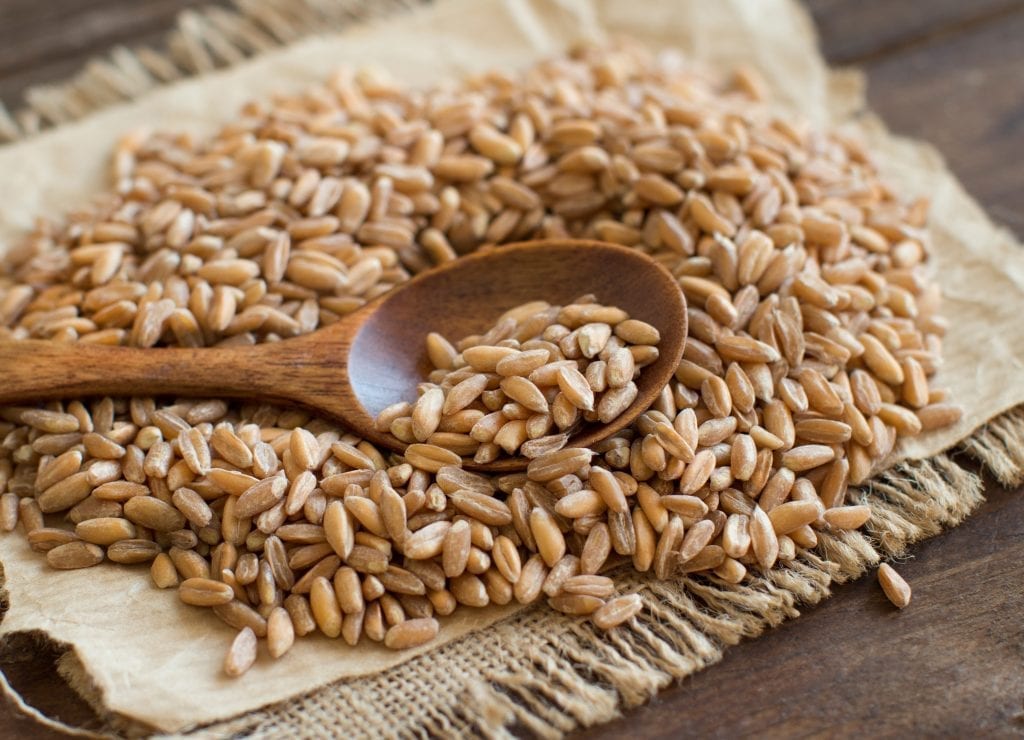
Spelt
Farro (Spelt)
Appreciated by the Romans, spelt (triticum dicoccum) locally called farro in Italy, is currently cultivated mainly in Umbria, Lazio and Tuscany (especially in the Garfagnana area). There are three main types: small farro (or single-spelt), less cultivated due to low yields, medium farro (dicocco), the most common in the Peninsula, and large farro (spelt), widespread mainly in other European countries. As a source of fiber, magnesium and potassium, it's excellent in salads or soups, paired with legumes and vegetables, but it can also be used in the form of flour for the preparation of crackers, bread and other baked goods.
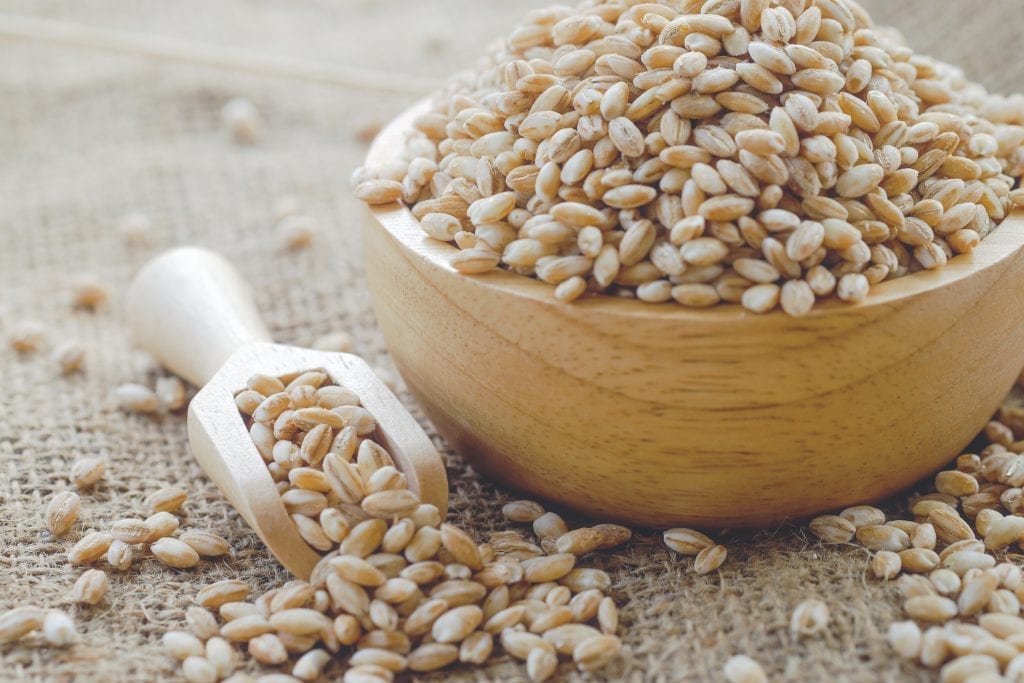
Barley
Barley
The oldest grain of human history, appreciated above all by Hippocrates, who recommended consuming it as a decoction, barley is a precious source of Phosphorus, Potassium, Magnesium, Iron, Zinc and Vitamins (in particular Vitamin E). With good anti-inflammatory properties, it's rich in fiber thus helpful in intestinal function, useful especially in the case of constipation. It's the starting point for the production of beer, but finds many uses also in the kitchen, from soups to first courses. Also employed in salads and for coffee, it was first born as the most humble drink accessible also to the less affluent families, and then consumed as an alternative to coffee by those intolerant to caffeine.
Millet
Excellent for the health of teeth, skin, hair and nails, millet is not only an ideal feed for birds, but also a nutritious food for our diet. Rich in proteins and vitamins, it is gluten-free, and therefore also suitable for coeliacs. Diuretic and hearty, in the kitchen it's used like rice or other grains to prepare mixed salads, combined with different ingredients according to taste. But there's more: millet can also be useful for making vegetable burgers and meatballs, baked timballi or to add richness to peppers and other stuffed vegetables.

Oats
Oats
It's becoming more and more popular thanks to the success of foreign specialties such as porridge, muesli and granola, not to mention the increasingly widespread popularity of oat-based vegetable beverages, an excellent alternative to cow's milk for vegans, lactose intolerants and allergic subjects. But oats are grains that lend themselves to many different recipes, both sweet and savoury. As a product with high protein content, also with a good amount of linoleic acid, it's a valid ally to lower bad cholesterol levels and constitutes a precious element for correct organ function. Easily digestible and nutritious, oats provide slow-release energy, giving a pleasant sense of satiety and lightness. As a rule, it does not contain gluten, but (and this also applies to other gluten-free grains) there is however a risk of cross-contamination due to the presence––in the production––of other grains and cereals, for this reason gluten-free certification is often not available for this particular one. The uses in the kitchen are multiple: from flour we obtain fragrant and tasty bread and desserts, from the flakes––mixed with honey and nuts––we obtain delicious protein bars perfect for a tasty snack. It can furthermore be consumed at breakfast, along with yogurt and fresh fruit, in porridge form, or added to cookies and baked cakes.

Rice
Rice
Among the most known and consumed grains in the world, versatile and delicious in every variation, hot or cold, from risotto to cold summer salads, rice is the Italian beach lunch par excellence. Rice is an easily digestible grain with a powerful regulatory effect on intestinal bacteria (this is why it's often recommended in the case of gastrointestinal disorders). It is gluten-free, rich in essential fatty acids and Potassium, low in Sodium and therefore also indicated for those suffering from hypertension. It's also used for the production of vegetable drinks, ideal for those who have chosen or have had to give up cow's milk. There are many types (see our rice buying guide): Arborio, Carnaroli, Vialone Nano, Basmati, Venere, Roma and many others, each with its cooking times and heady scents, which make each variety suitable for a particular type of recipe (Carnaroli for risotto, Basmati to accompany exotic dishes like chicken curry and so on). It's impossible to mention all the recipes that see rice as the protagonist: in Italy, it's indispensable for risottos, risi e bisi, supplì, arancini, timbales, cold salads and sweets, while abroad it is often used in combination with a main dish, or for the preparation of sushi, or together with beans in Mexico, with raw fish and vegetables in Hawaiian poke. It best fits the rule of free interpretation: rice is such an eclectic product that it can be declined and re-invented in a different way every time.
Recipe: Rice salad, shrimp and moscardini
Ingredients
250 g. Patna variety rice
300 g. fresh shrimp
300 g. small moscardini molluscs
1 ripe tomato
3 tbsp. extra virgin olive oil
1 ½ tbsp. white wine vinegar
1 onion
1 bay leaf
2 garlic cloves
Fresh basil
Salt and pepper to taste
Pour the oil in a small bowl and add the crushed garlic cloves. Boil the rice in plenty of boiling lightly salted water, drain it al dente, rinse it under cold water and spread it on a cloth to dry it.
Rinse the shrimp, place in a special basket and steam for 2-3 minutes. Allow to cool and peel off the carapace. Remove the eyes and the beak of the moscardini (baby octopus) turn the head inside out and empty it. Wash well under running water and boil for about twenty minutes in boiling salted water flavoured with the onion, bay leaf and a tablespoon of vinegar. Drain once tender, let cool and mince.
Rinse the tomato, halve it, discard the seeds and cube the pulp. Collect the rice, shrimp, baby octopus, diced tomato and some freshly chopped basil leaves in a bowl. Remove the garlic cloves from the oil and pour half a tablespoon of vinegar, a pinch of pepper and a pinch of salt into a small mixing bowl. Blend the dressing well before pouring it over the salad. Serve at room temperature.
by Michela Becchi

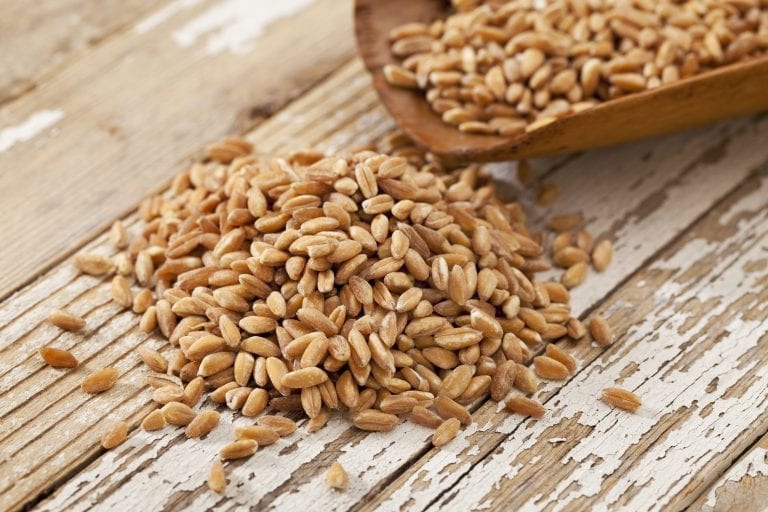
 The oil always moves north, reaching England. How the map of olive trees is changing due to climate change
The oil always moves north, reaching England. How the map of olive trees is changing due to climate change The Nobel Sandwich we tried at CERN, just steps from antimatter
The Nobel Sandwich we tried at CERN, just steps from antimatter The two young talents from Gattinara revolutionising Italian cuisine
The two young talents from Gattinara revolutionising Italian cuisine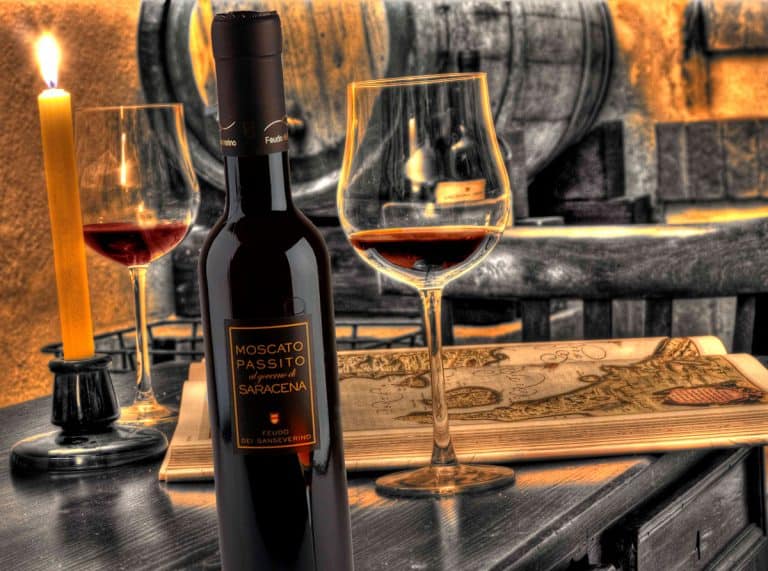 Here is the Meditation Wine of the Year according to Gambero Rosso
Here is the Meditation Wine of the Year according to Gambero Rosso The 6 new 'Tre Forchette' restaurants of Gambero Rosso: here they are
The 6 new 'Tre Forchette' restaurants of Gambero Rosso: here they are



